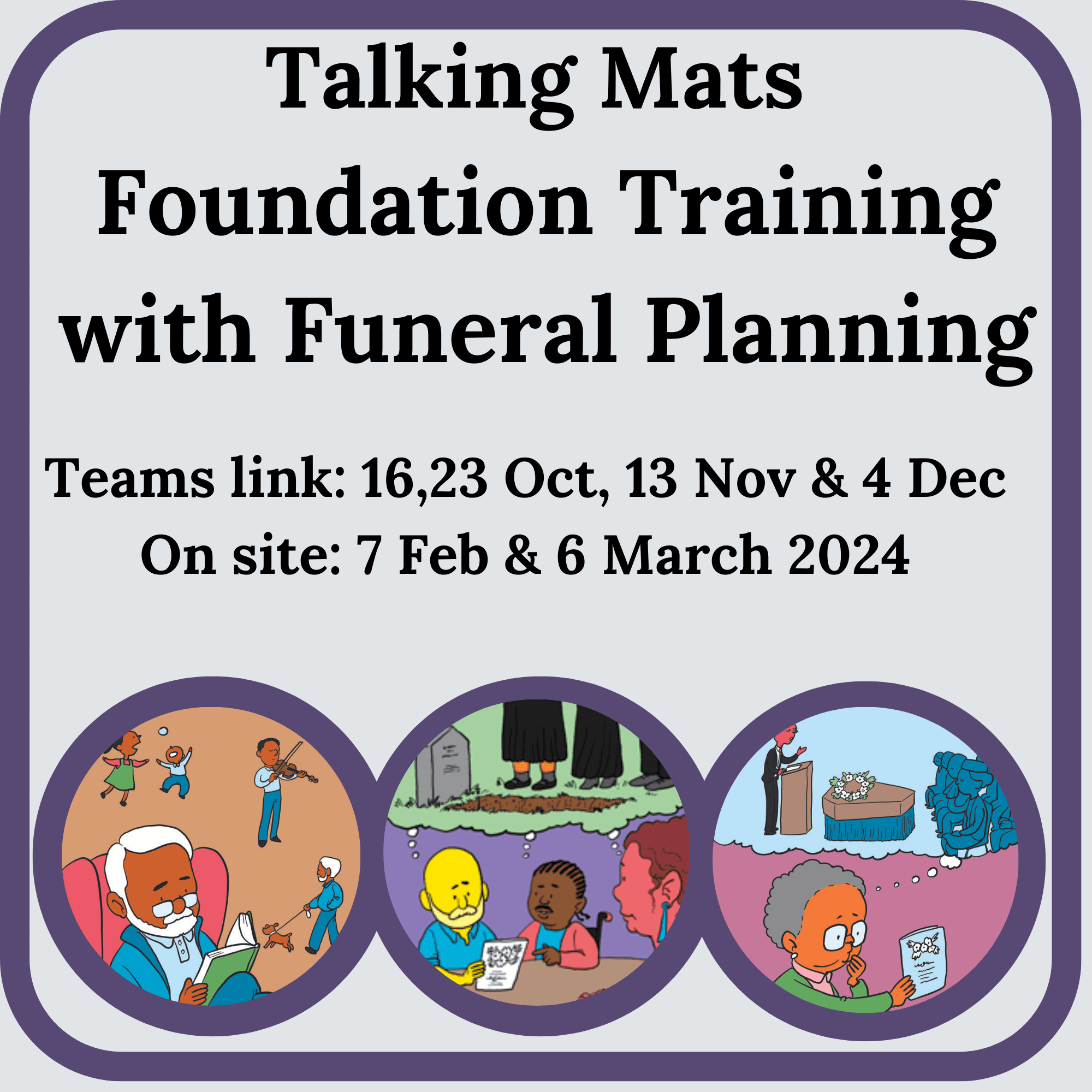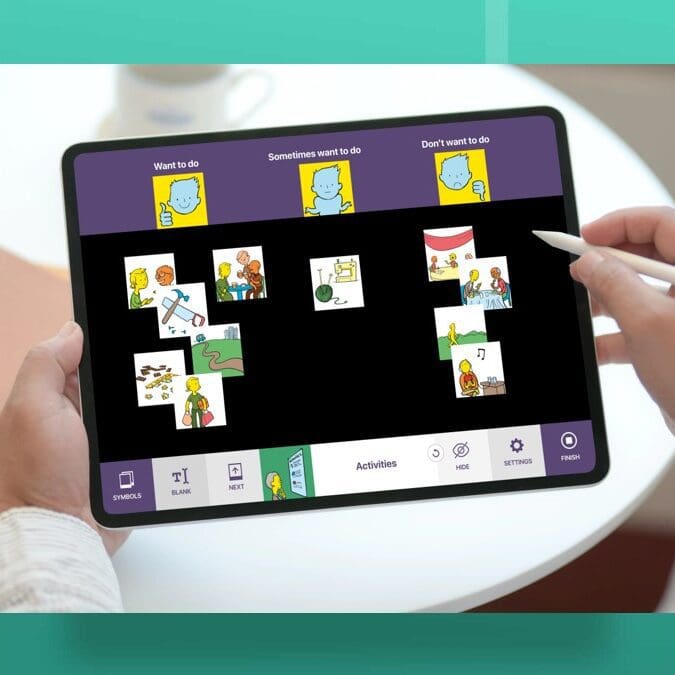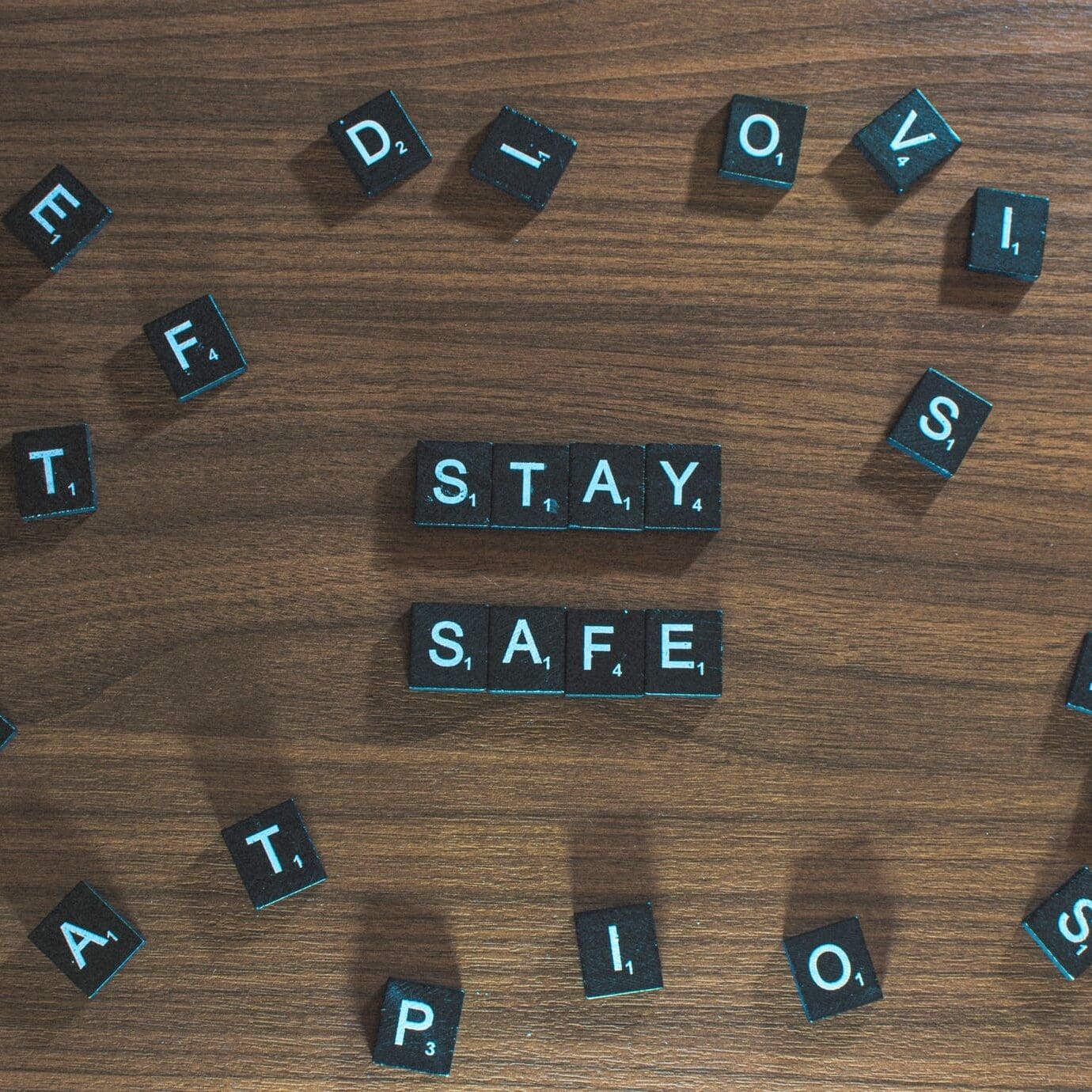Handing over control of communication
Handing over control of communication seems to be the most difficult of all the skills we need to have when we are taking part in communicative exchanges. Just how difficult this is, even for skilled communicators, can be clearly seen when people are using Talking Mats. Handing over control of communication is one of the fundamental principles of the talking mats framework. If the person has the physical skills, the facilitator physically hands over this control by handing the person the symbol (and of course other approaches are used when the person does not have the physical skills). The ‘thinker’ (the person who is doing the Talking Mat) then places the symbol on the Talking Mat, under one of the points on the pre-agreed top-scale, having been asked an open question e.g. how do you feel about …….?
When facilitators are learning about this approach, they seem to find it easier to ask open questions, slightly harder to stick to the agreed top scale but really difficult to hand over all of that control. As part of the training, participants film themselves using Talking Mats with someone. We use that clip to reflect on the facilitators’ skills, by taking about things that we liked and then reflecting on ‘it would have been good if…….’
The video clips work really well as participants can see themselves making the errors of retaining control in small (but nonetheless significant ways) e.g.
• Having the mat facing themselves rather than the ‘thinker’
• Moving the symbols after they have been placed by the ‘thinker’ to tidy them up/to make it easier for facilitator to see them
• Forgetting to give a neutral response where ever the symbols are placed (even if the facilitator thinks that the symbol has been ‘misplaced’)
• Telling people that they must place the symbols in rows underneath one another
• Not letting people use the top-scale creatively e.g. by placing the symbols at specific points between the top-scale e.g. to represent unsure but I am more happy with it than not.
The great thing about the Talking Mats training is that participants noticed these things that they were doing and will be working hard at noticing and doing them less in future.
We find it hard to give up control and find it hard to notice the things we do to retain this control, even when we are working within the talking mats framework. This is a framework where we are ‘symbolically’ handing over that control in the form of giving someone a symbol and so have a very obvious reminder of whose turn it is. How many ways then must we do it in everyday conversations and never notice? After all, in every day conversations, there are typically much less obvious reminders of whose turn it is and who should be in control.
Many thanks to Dr Jill Bradshaw, Lecturer in Learning Disabilities/Consultancy Development Manager, Tizard Centre, University of Kent for this thoughtful blog.
 Online training login
Online training login 






